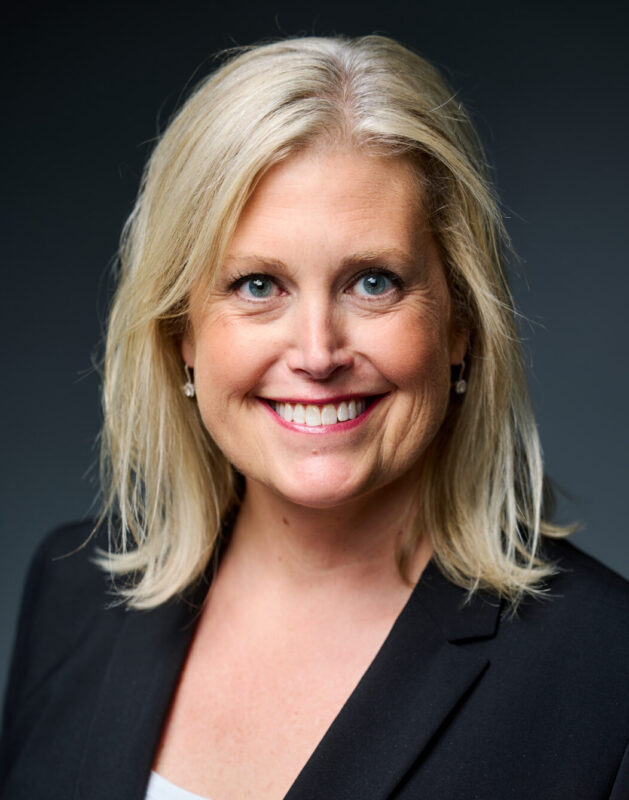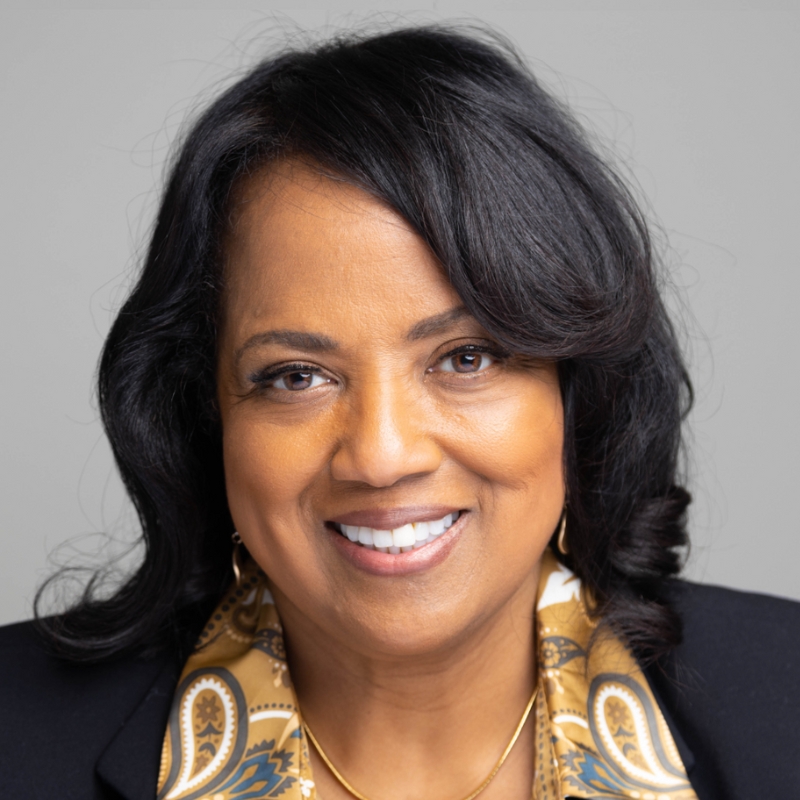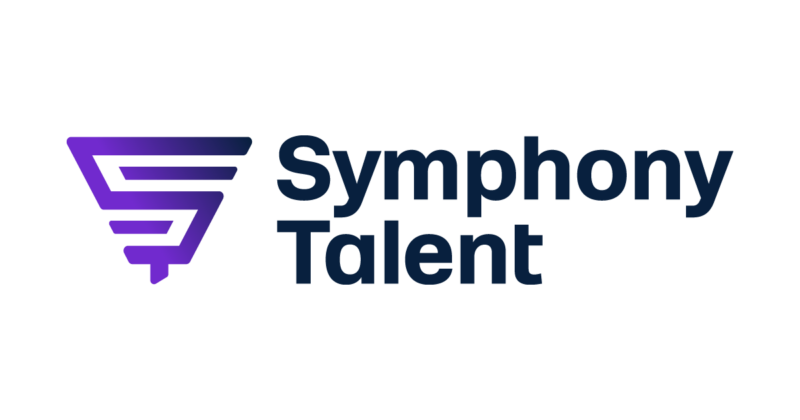Navigating the Talent-Skills Odyssey for Building Future-Ready Employees
Building a workforce armed with the skills needed for the future of work is no easy task for HR leaders.
Career development through continuous learning and insightful assessment is crucial to this end.
This exclusive UNLEASH webinar, in partnership with Symphony Talent, takes a deep dive into building future-ready employees.




UNLEASH is recognized by SHRM to offer Professional Development Credits (PDC) for SHRM-CP or SHRM-SCP recertification activities.
We often look at things as a balancing act. It’s more of a juggling act now.”
From budget control to assessing skills, developing learning programs to gaining employee trust, the challenge of building future-ready employees and navigating the talent/skills odyssey is front and center for many HR leaders.
As Iris Ware, Chief Learning Officer for the City of Detroit, said during this exclusive UNLEASH webinar, the job of an HR leader is now more juggling than balancing.
“We have to become more dynamic and know that all these things might exist at the same time,” she added.
Amee Desjourdy, Chief Human Resources Officer at Hitachi Digital, agreed that the need for focus is one of the biggest obstacles organizations and leaders currently face.
“There is so much coming at us so quickly. I literally hear the term AI and HR in the same sentence at least 10 times a day,” she said.
Desjourdy added that getting people aligned with the overarching business strategies and objectives in “this rapidly changing environment” is “one of the bigger challenges for us.”
Career development crucial to improving retention
One of the main ways HR leaders can demonstrate value is in the realm of employee retention.
Developing strategies to improve turnover rates via career growth or development opportunities will be a pivotal part of this going forward.
Ware pointed out that employees are increasingly choosing employers, or not as the case may be, based on their career development and advancement prospects.
As such, she says, organizations need to be open to “embracing the concept of being a learning organization.”
She went on to explain that City of Detroit implemented a “development as a requirement” approach for each employee, moving away from the historic definition of HR being for “a person who was struggling.”
If you shake things up around the development of the individual, as well as accomplishing what you want to achieve, it helps to foster and encourage learning across all levels.”
Following this, Desjourdy pointed out that employees increasingly want to “be seen as people” and HR needs to recognize that “a whole person shows up at work every day”.
With an organization the size of Hitachi, with numerous operating companies working across different verticals, Desjourdy said it was “critical” to engage managers to allow talent to move in a “more agile, or at least less permanent way”.
Hitachi has attempted this by temporarily co-locating employees from different groups with the skills needed “to teach one another right through the work; they’re learning just by being on a project together,” she explained.
“You start to create a little more comfort and a safer space for managers to let go of their employees to gain some skills and then come back. We’re all better for it.”
The vital importance of assessment
Of course, assessing performance is another vital part of developing skills and talent.
Symphony Talent’s Head of Product, Perry Steinberg, pointed out that while much is made about generational differences when it comes to addressing what employees value, the reality is simpler than it may seem.
“Every generation really has the same kind of desires of balancing family, work, and their interests across the board, as well as where do I want to go with my career? What type of skills do I need to build? Everyone now is really starting to look towards the future.”
What it all comes down to for business and HR leaders, he explained, is capturing the right data on current skills, performance evaluations, and organization objectives to understand where gaps exist.
Desjourdy agreed that data is critical for Hitachi, particularly for identifying areas of potential or interest for employees in developing new skills. This could also take the form of alternative metrics that “maybe are a little different than turnover rates or anything like that”.
“We have to learn how to use all the data we have in HR to tell a real story about what’s happening within our workforce.”
City of Detroit’s Ware added that assessment forms an important part of understanding the impact of career and skill development strategies: “If there’s not an assessment at the beginning of any of this, we really are taking a shot in the dark.”
As HR professionals, make sure everything that you do includes an assessment, understanding of the business, and then, finally, the data to support the outcomes.”
The full conversation can be viewed on demand, now!
